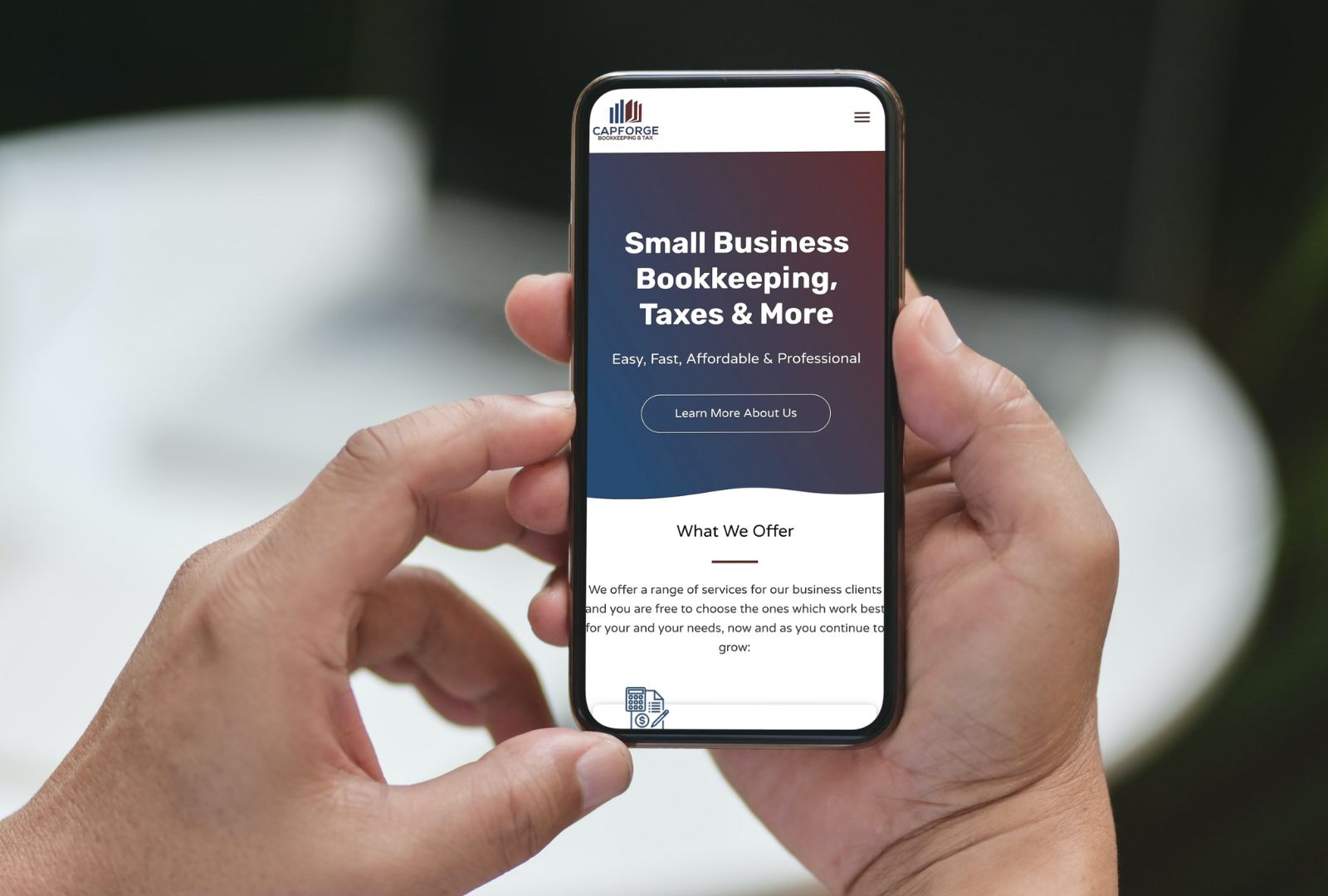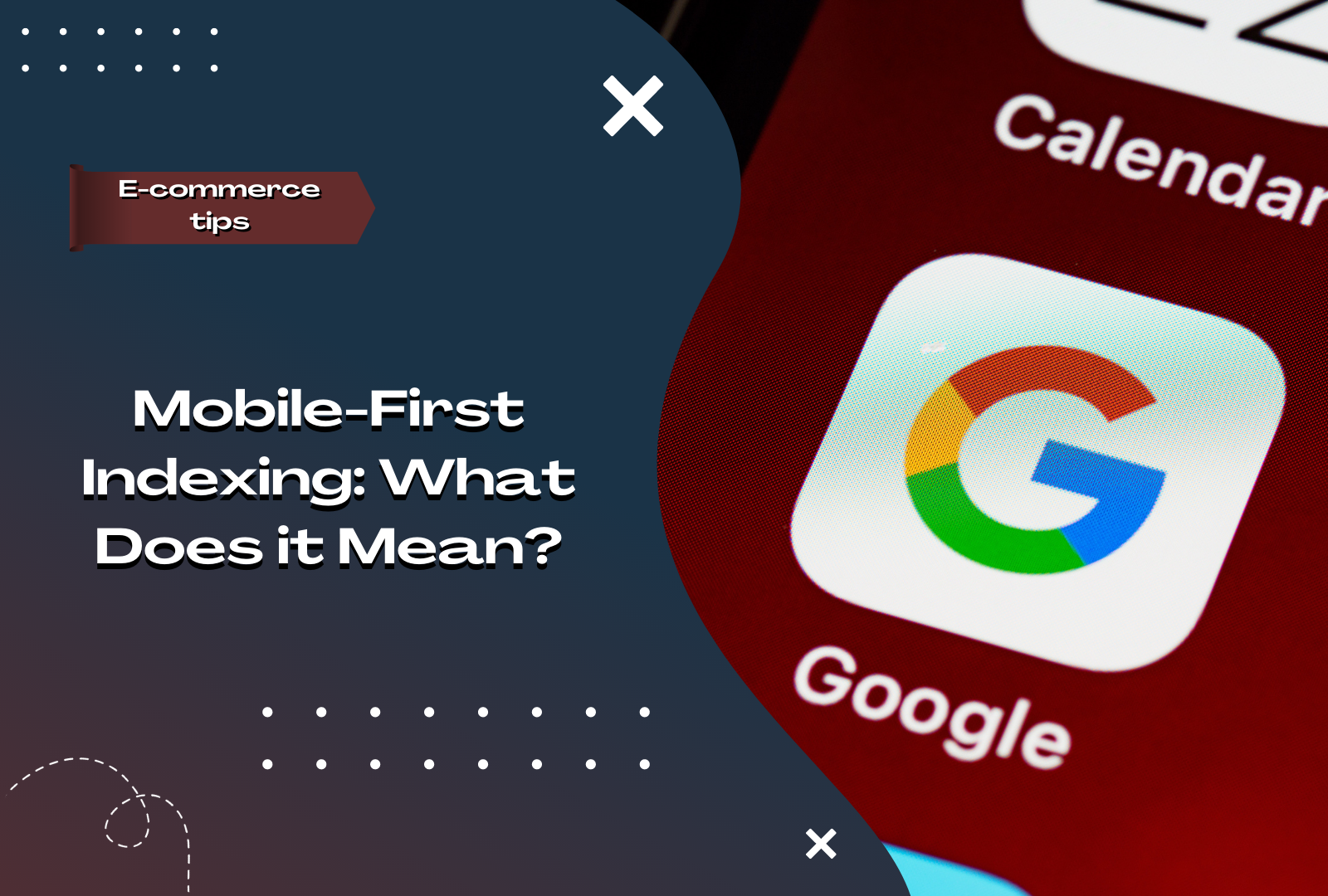Mobile-First Indexing: What Does it Mean?
After Google made mobile-first indexing the default for all websites, digital marketers have constantly discussed the topic to improve their rankings in search engines. Google made the switch in an effort to provide accurate search results for users with mobile devices since 58.16% of global traffic originates from smartphones.
But what does mobile-first indexing mean? How can you utilize it to maintain your visibility online? This article will discuss the basics of mobile-first indexing to generate more organic traffic to your website and position your rankings above the competition.
What is mobile-first indexing?
As the name suggests, mobile-first indexing refers to Google’s primary means of ranking and indexing content. The algorithms they use favor the mobile version of websites compared to desktop variants when displaying search results.
Since Google works to serve the user’s needs, they display relevant content that’s paired with a seamless user experience. This recent switch means if you haven’t optimized your website for mobile-friendliness, now is the perfect time to do it, as it can affect your position in the SERPs pages.
Google has automatically enabled mobile-first indexing to websites created after June 1, 2019, to help with the transition. For older websites created before the announcement date, Google has sent notifications to owners of the upcoming changes through the Google Search console.
Google will still crawl the desktop version of websites if they don’t have a mobile-friendly version. The only downside is the website will get pushed down the rankings and affect its visibility. Mobile-first indexing and SEO go hand-in-hand when attempting to reach the top spot of the SERPs, and having a greater understanding of how it works will help you position your website to generate more traffic.
Why is mobile-first indexing important?
Mobile devices play a crucial role in how sites are designed today. Not only will people abandon a website if it looks poorly on a smartphone display, but as many as 57% of users state they will not recommend that site.
In the smartphone and tablet era, design needs to incorporate a variety of elements and layouts for smaller displays. Things like small fonts and difficult-to-operate navigation can easily decrease visitor engagement.
The loss of interaction can lead to decreased sales, visitor interaction, and brand reputation. By putting more effort into mobile-first index SEO, you can avoid most of these issues.

There are a couple of steps you can take to enhance the mobile version of your site.
What are the best practices for mobile-first indexing?
There are a couple of steps you can take to enhance the mobile version of your site. Follow these best practices for mobile-first indexing:
1. Use a responsive website design
One misconception people make when optimizing for mobile-first indexing is they put all their attention on the mobile version of their site and ignore the desktop variant completely. But this isn’t the best approach to improving your rankings on the SERPs pages.
For the most part, Google prefers a website to be responsive on mobile, though they still factor in the site’s desktop variant when ranking on results pages. This means your website should be responsive for both the desktop and mobile variants if you want to land a favorable spot on the SERPs.
With a responsive website, you avoid the headaches of wrong misdirects or crosslinks between the desktop and mobile variants, enabling you to focus more on creating a positive mobile browsing experience.
2. Optimize your content for mobile devices
The browsing experience on a mobile phone is different compared to a desktop or laptop. You only have a couple of screen real estate to work with, and you want to maximize that by writing short, concise paragraphs. Avoid walls of text that make it difficult for readers to digest your content. That way, you can keep your target audience engaged for longer and utilize your call-to-actions to the fullest.
Another tip you can use is to break down your content using headings and subheadings. These can help organize your content and guide users while they’re reading. Headings play a crucial role in improving the mobile experience as they make it easier for users to scan your blog/article for information.
To make your blog posts more appealing to readers, consider adding an image such as infographics to break up walls of text. Readers process visuals faster than text because of its colorful nature, making it easy to stand out. You can also insert videos to boost engagement and keep readers hooked with your content.
3. Evaluate your link-building strategy
One factor to consider when optimizing your website for mobile is your link-building strategy. Google loves pages that contain quality links between content. As links impact your SEO rankings, you want to make sure that the materials you link out to are relevant to the content you put out.
If there’s one thing you should avoid when link building, it’s linking a mobile site with a desktop version, as this significantly affects the user’s browsing experience, thus dropping your rankings in SERPs.
4. Pay attention to website speed
Whether it’s desktop or mobile, website speed is a crucial consideration for websites to ensure a positive user experience. The faster your site is, the more favorable your rankings will be on the results pages.
Thankfully, Google’s free PageSpeed Tools lets you analyze website performance and identify major issues that are plaguing site speed. Most mobile users expect a website to load in 2-3 seconds. Anything beyond that, and you can expect users to navigate away from your site without hesitation.
How do you set up your website for mobile-first indexing?
1. Transition to Responsive Design
According to Google, responsive design is more appealing than a separate mobile version of a website. This is because it eliminates a wide range of issues people are now having trying to maintain both desktop and mobile aspects.
Responsive design is a method used that will automatically adjust the layout of a website depending on the screen resolution of the visitor. It makes it easier for people to share content, is less demanding of time for development, and most importantly saves resources when Googlebot crawls your pages.
It also helps visitors, especially with how vital mobile-friendly web design is nowadays.
Instead of having two completely separate URLs for content, you only use one. One of the biggest problems this eliminates is making sure both desktop and mobile sites have the same content available.
Implementing responsive design also helps avoid some of the most common mistakes in development. For instance, you will be less likely to have faulty redirects or irrelevant cross-links between desktop and mobile versions of content.
One other aspect some people don’t consider is the amount of work that goes into setting up a mobile site as opposed to responsive design.
For one, the mobile site requires a separate domain or subdomain if you want to do it correctly. Responsive can be done from a single URL and file structure.
2. Optimize Your Content for Mobile Users
You probably already know that a wall of text plays poorly for mobile users. This is when someone is faced with a seemingly long block of content without paragraphs or headings.
It’s all about keeping your target audience engaged. If they come across an ultra-long piece of content, it often turns people off. This is because the text on a mobile screen can be quite difficult to read for some.
Keeping paragraphs short and highlighted with headings and sub-headings makes the content easier to absorb. This is true for both humans and search engine bots alike.
When you look at a screen on your smartphone that has filled the display with text, do you get excited to read it?
3. Consider Your Link-Building Strategy
The way you build links may also reflect the website’s performance in the mobile arena.
Don’t forget, Google likes relevant and quality connections between content. This means you’ll need to pay closer attention to what material you link out to.
For the most part, link building should remain relatively unchanged with one major exception: making sure a mobile link connects to a mobile site.
You want to avoid linking a mobile site with a desktop version. Sometimes this happens in development on mobile-only versions where the content creator accidentally creates an “internal” link to the desktop version.
4. Keep the Site Fast
Website speed is important whether people are using smartphones or older desktop computers. The faster your site, the better it performs in Google.
Because speed plays such a vital role in search engine results, Google offers a free tool to test your pages. PageSpeed Tools not only analyzes your website for performance, but it will also tell you how to improve.
Google isn’t the only site that offers valuable insights into site speed performance, either. Another is the Pingdom speed test. By scrutinizing the various elements of your site, you can get a picture of just what is slowing you down.
As mobile devices are driven by convenience, most users want sites to load up quickly. In fact, approximately 53% of mobile users will leave a website if it takes longer than three seconds to load up.
Images, coding, responsive elements, ad serve networks and more all contribute to how long it takes for a page to render in a browser. Any millisecond you can shave off improves your chances of not losing the audience.
Conclusion
In an age where smartphones are the norm, Google’s mobile-first indexing is a big move that digital marketers should prepare for. As you optimize your website for mobile-friendliness, you’ll be able to generate more web traffic and land a favorable position in the SERPs. Follow these tips to improve your website’s mobile experience and land on top of the search engines.
Managing the financial health of your company is crucial to its success. If you need any help with expert bookkeeping services, our team is ready to assist you! Simply fill out the form below, and our team will get in touch with you shortly.







